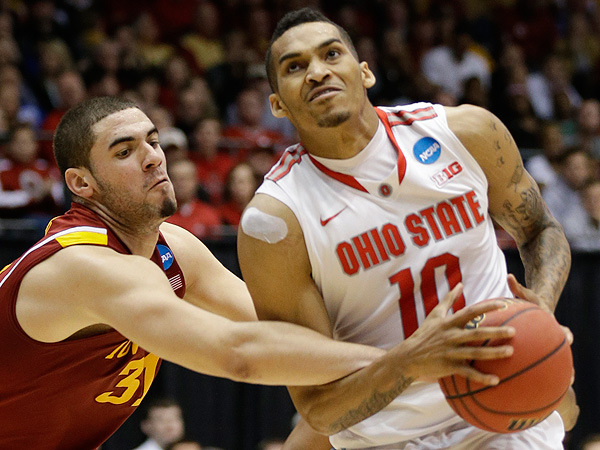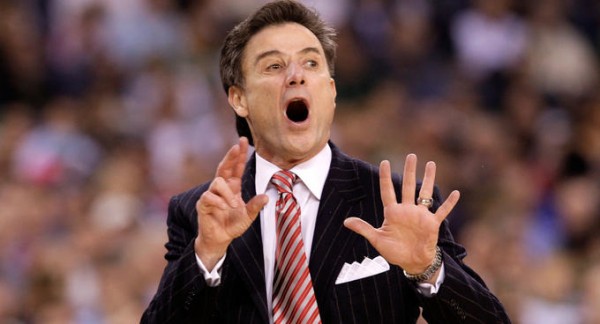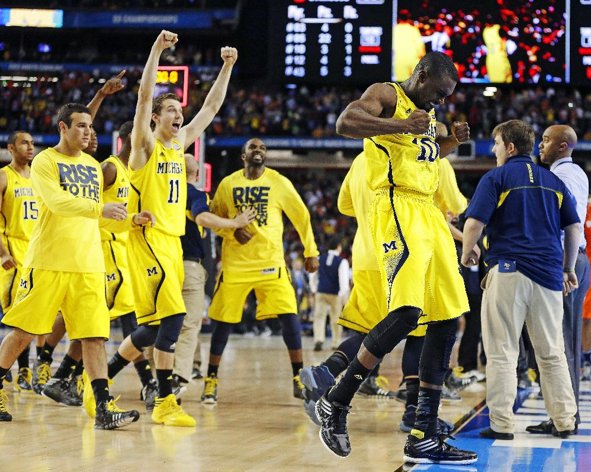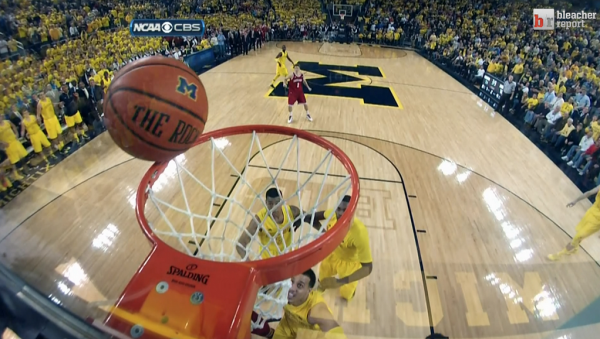Evaluating Big Ten’s Sophomore Class of 2013-14: LaQuinton Ross
Posted by Deepak Jayanti on August 27th, 2013Deepak is a columnist for the RTC Big Ten microsite. Follow him on Twitter for more about B1G hoops at @dee_b1g.
With less than three months left until the college season tips off, we at the RTC Big Ten Microsite are here to get you excited about the stars who are returning next season and ready to take on the responsibility of leading their teams to conference glory. Over the next few weeks, we plan to evaluate a number of key Big Ten sophomores who will have an impact on their team’s performance throughout the season. Today, we focus on Ohio State forward LaQuinton Ross.
(Note: We included Ross as part of the sophomore discussion even though he is officially listed as a junior because he barely played more than 30 minutes during his first season in Columbus due to academic issues.)
We live in a college hoops era where scouts determine if a player will have an immediate offensive impact on a team based purely on his physical attributes. LaQuinton Ross’ playing time last season was a conundrum to many pro scouts because a lean 6’8’’ forward who can shoot effectively from long range should average more than 17 MPG during Big Ten play. Yet, Thad Matta didn’t use Ross for much of the season because he preferred the experience and maturity of Shannon Scott and the defensive intensity of Sam Thompson over Ross’ obvious offensive firepower. Next season, however, should be an altogether different story because, without Deshaun Thomas in the Buckeyes’ lineup, Matta will need to depend on someone who can score with relative ease, and Ross should be able to fulfill that role. Let’s evaluate the parts of Ross’ game that will determine if he can become one of the primary weapons for the Buckeyes next season.
What did we learn from last year?
We learned that the incoming hype about Ross’ offensive game was legitimate. Despite his sporadic minutes, he averaged 8.3 PPG and shot 39% from beyond the arc last season. It was already a well-known fact that he could score, but we also witnessed during the NCAA Tournament that he can do so with ease against excellent competition. If he were allowed more minutes, he has the talent to approach an average of 18-20 PPG during the Big Ten season. So why didn’t he get more playing time? Because he also proved to be a defensive liability, and — this is the Big Ten, after all — Matta realized that he couldn’t afford to give up easy buckets on the defensive end just so he could use Ross to score. Last year’s Buckeyes relied on stalwart defense to succeed and with the NBA draftee Thomas picking up most of the scoring burden, Ross wasn’t going to get consistent playing time until he regularly covered his defensive assignments. Still, his talent was too much for Matta to ignore during the postseason and Ross took advantage of his meaningful minutes to average 18 PPG over the Buckeyes’ last three games against Iowa State, Arizona and Wichita State.




















































